-
Chocolate and Churros
The typical savoury breakfast in Barcelona is pan tomat, omelette served cold and milky coffee café con leche. The sweet version however is a must for a truly luxurious breakfast treat, a thick chocolate drink xocolata desfeta, best served with whipped cream, in which case it’s called a suís. It is traditionally accompanied with churros (fried choux pastry a bit like a doughnut) or melindros a light spongy biscuit. It is thick, sweet and oh so chocolaty and you can’t help making a mess when you dunk the churros into the chocolate.
Head to the Gothic quarter for chocolate and churros. The carrer Petritxol has been the street of chocolate makers dating back to the 1700s and is a great place to start. Our favourites are Granja Dulcinea and La Pallaresa on carrer Petritxol and Xurreria Laietana on near the Palau de la Música Catalana.
Tip: You can buy churros fresh all over Barcelona, look for a Xurreria (a churros bakery)
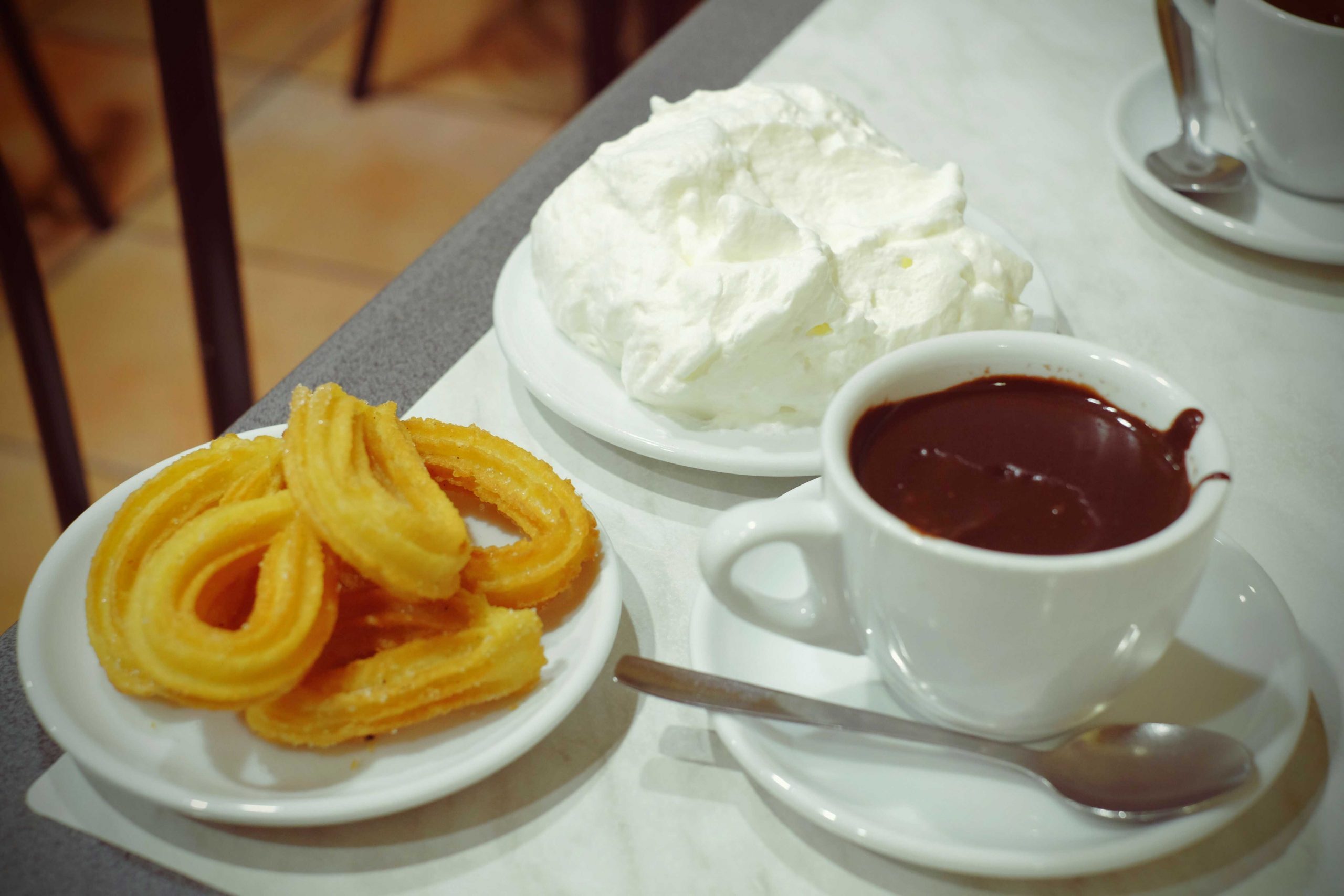
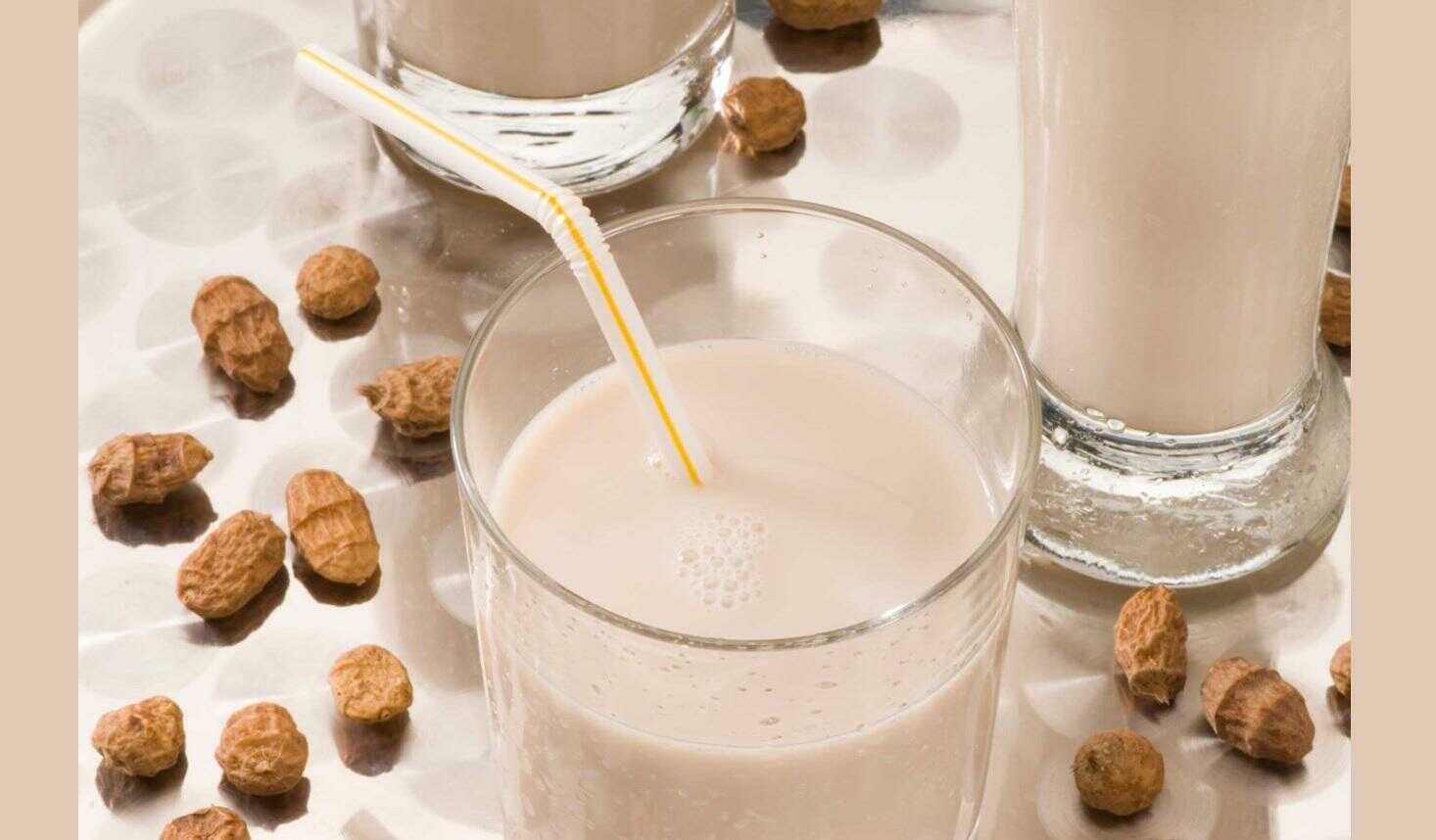
-
Horchata
If you are visiting in the summer, horchata de chufa or tiger nut milk is a must. Delicious, refreshing and 100% natural it offers a pick me up in the Barcelona sun. Not to be confused with the rice-milk served in Mexico, horchata is made from a tuber called a tiger nut which is ground and added to water with sugar. The drink and the tiger nut originally came from North Africa and dates back to at least the 12th century, when it arrived in Valencia. Packed with vitamins, minerals, and energy that will even perk up tired children, oh and it’s both gluten and lactose-free! Our favourite place is Orxatería Verdú, they have two venues on carrer del Bruc or Passeig Sant Joan.
Tip: Horchata should be fresh, so buy it from an Orxatería, avoid the bottled version as it is not as good or as healthy!
-
Catalan Tapas
You will find tapas all over Spain, but in Barcelona you should try the local specialities, seafood plays a big part in Barcelona.
Pa amb tomàquet (Catalonian Style Bread With Tomato)
You can’t get more typical Catalan food than the simple pa amb tomàquet. It is eaten for breakfast, as an appetizer and served with tapas. Similar to an Italian bruschetta, pa amb tomàquet is toasted bread rubbed with garlic and tomato pulp – it originated in Catalan homes as a way to use up old bread. Usually served in bars and restaurants like regular bread, it may come prepared or you may have to do it yourself – just copy the locals!
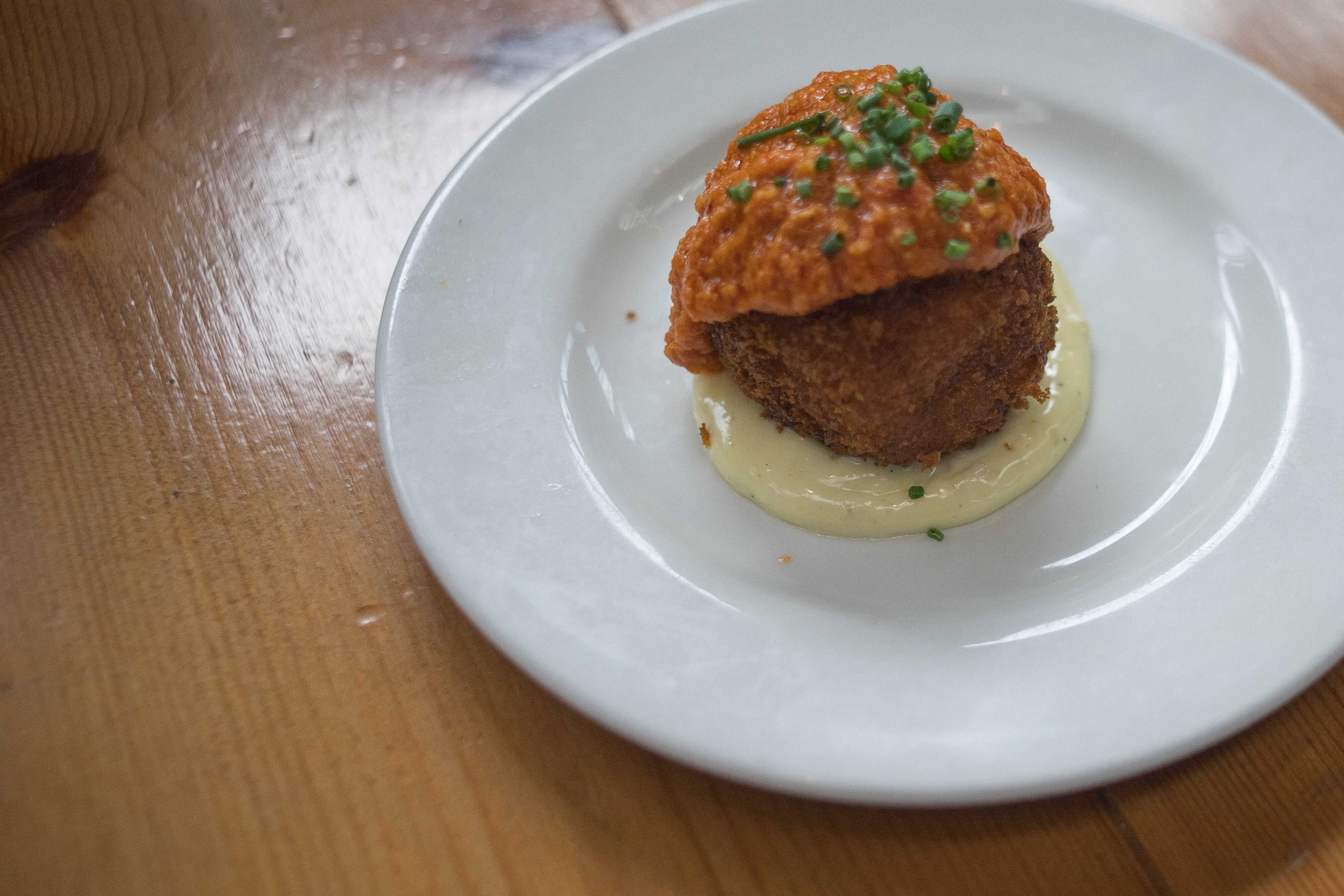
-
Croquetas
Croquetas are usually served as part of a tapas or as an aperitif. Not to be confused with French croquettes, the Spanish version is even more divine. The most popular is croqueta de Jamón – smooth mashed potato blended with creamy bechamel, small pieces of Iberico ham, coated in crispy breadcrumbs and deep-fried. Delicious and cheap, Croquetas come with a variety of fillings from shrimp or octopus, to vegetable.
Head to the very local El Poble-Sec neighbourhood and find a pint-sized tapas bar on the vibrant carrer de Blai where you can enjoy them with a beer or a glass of cava.
-
Escalivada
Escalivada is another typical Catalan dish ordered as a tapa. A simple rustic dish of slow roasted green and red peppers that are skinned and served with onions. Often served a bit charred, you may also find roasted aubergine as well. Eaten hot or cold, it’s a great option for vegetarians or vegans, eaten on its own or with bread.
-
Esquixada
A typical Catalan dish of shredded salt cod, tomatoes and onion seasoned with oil vinegar and salt. Similar to ceviche, although the cod in Esquixada is salt-cured and dried; it is often served with olives and generally eaten as a tapa.
-
Bombas
The bombas is a delicious ball of potato with meat inside, coated in breadcrumbs and deep fried. Similar to a croqueta but more complicated to make, they are usually filled with ground pork, beef, chorizo or all three. Legend has it this crunchy tapa was invented during the 1900s when anarchists created havoc in Barcelona, their weapon of choice was a round iron ball filled with explosives. The story goes that a woman in Barceloneta concocted these spherical morsels to make light of the destruction that reigned on that area of town. They are still served with a piquant tomato sauce reminiscent of the bloodshed the bombs caused, although many have forgotten the significance.
Head to Barceloneta for this one, whether the legend is true of not this the best place to find them! Our favourite is La Cova Fumada.
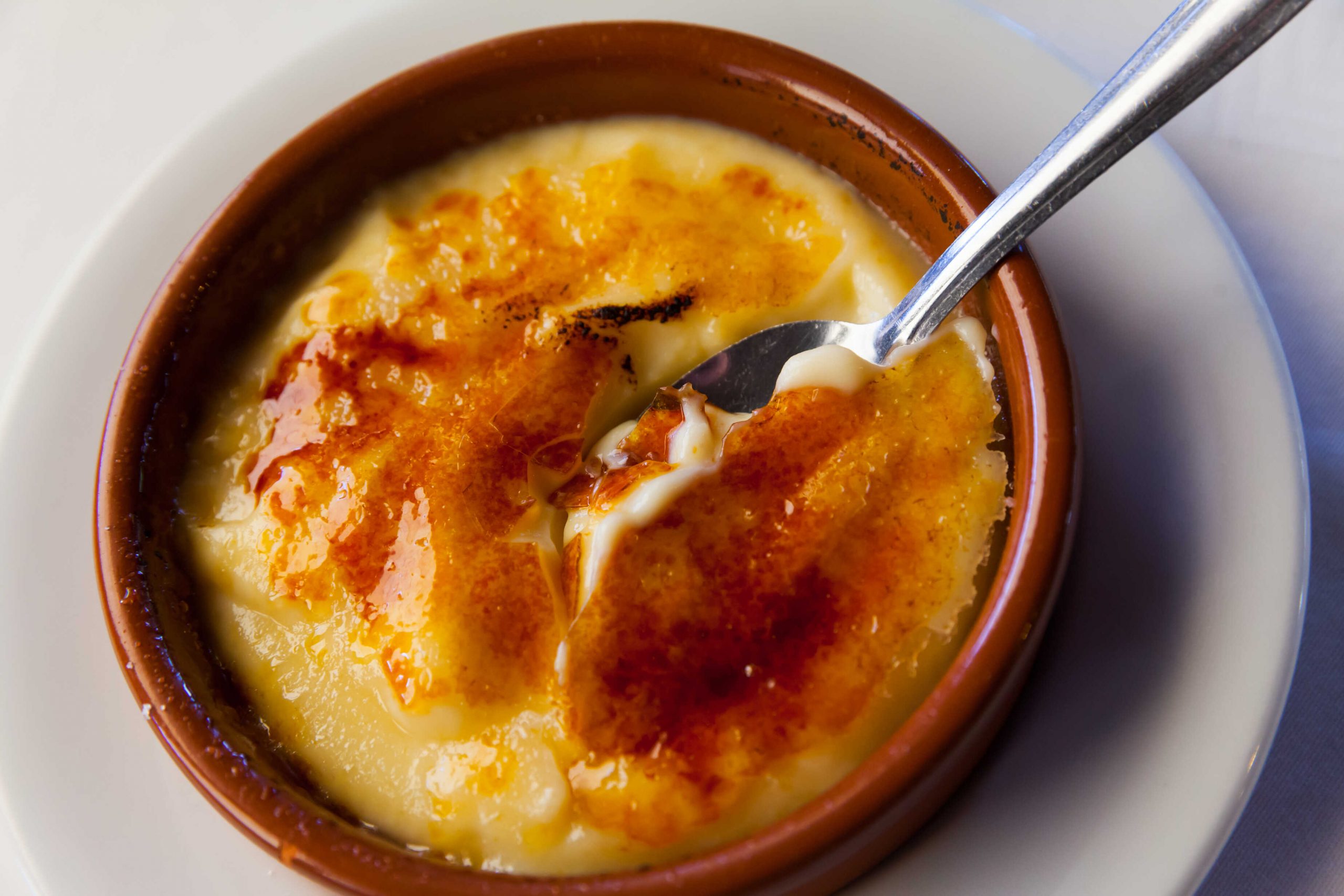
-
Spanish Ham - Jamón
You’ve probably heard of Serrano ham, a dry-cured ham, similar to Italian prosciutto. Jamón is the Spanish term for this type of ham. You can buy it in a market, as a side for an aperitif or as part of tapas. Jamón is typically consumed in slices, usually hand carved from a leg on a jamonero stand. Jamón Serrano comes from the Sierra, or mountain range but is also used as a general term in Spain. The most sought after is Jamón Iberico named after a breed of pig that is native to the Iberian Peninsula. As this particular breed of pig diminishes, the price of Jamón Iberico increases, so it is fast becoming a delicacy and is a ‘must try’ when in Spain.
-
Paella
Although the iconic Spanish Paella is traditionally from Valencia, you will find it in coastal areas of Spain, Barcelona has some great paella but you need to know where to look. Paella is eaten at lunchtime and it takes a long time to make so a genuine restaurant may only have it on the menu a few times a week. Although you can put almost anything in a Paella, the most popular in Barcelona is seafood. Should you find a crusty layer called socarrat at the bottom of your paella, it’s a good sign, it means it has been slow cooked as it should be.
Tip: Don’t eat pPaella in restaurants near the tourist areas, it will not be authentic, head for the sea!
For the best Paella in Barcelona go to Barceloneta where the seafood is caught daily. Can Ramonet nestled in the backstreets is our favourite. Almost 300 years old, it is one of the oldest bars in the area. Xiringuito Escribà is a little more upmarket and a great place to enjoy your paella by the sea! Or if you want to try the paella from Valencia, head to Arrosseria Xàtiva who have three spots in the city, they bring the rice directly from Valencia and their paella is the real deal!
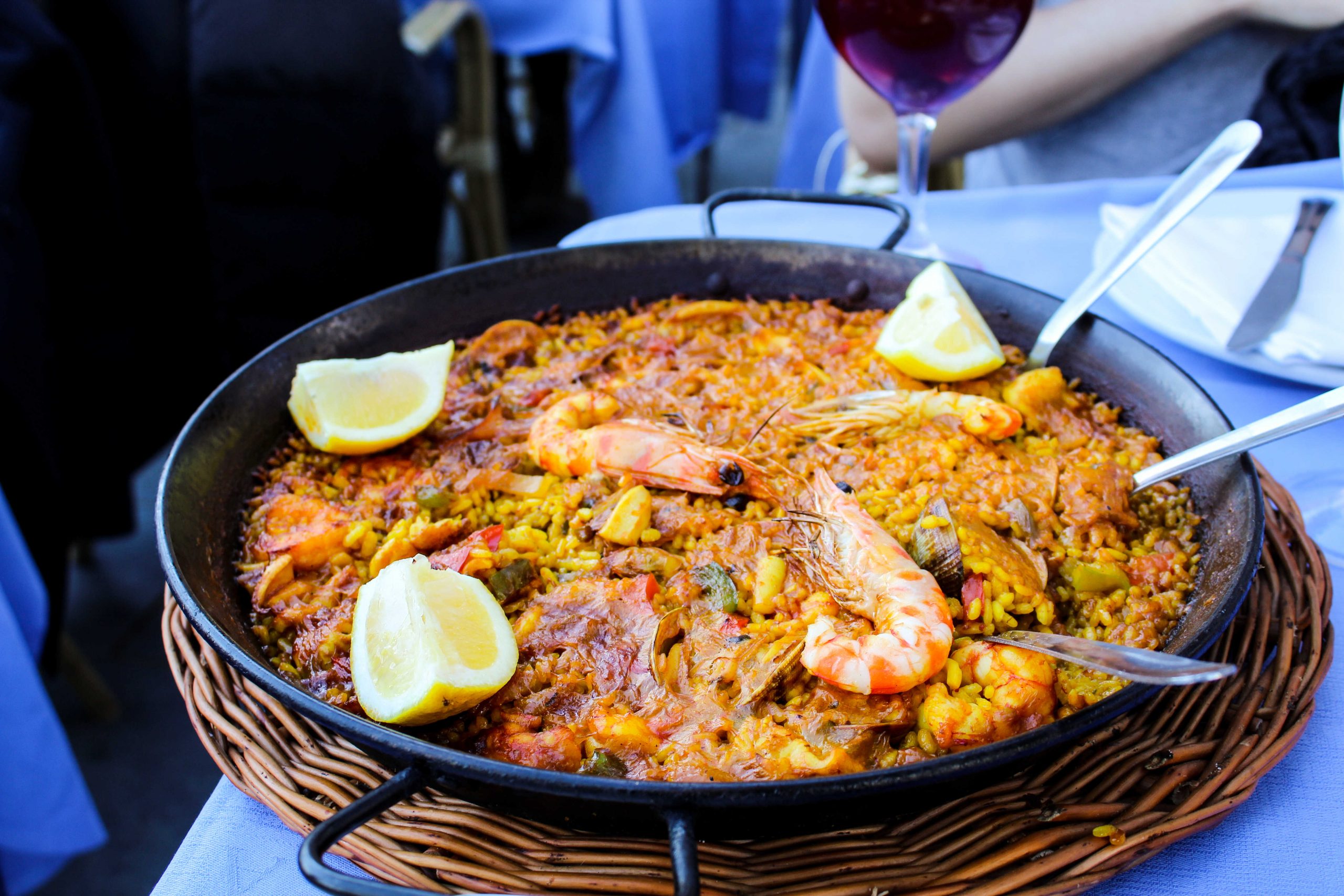
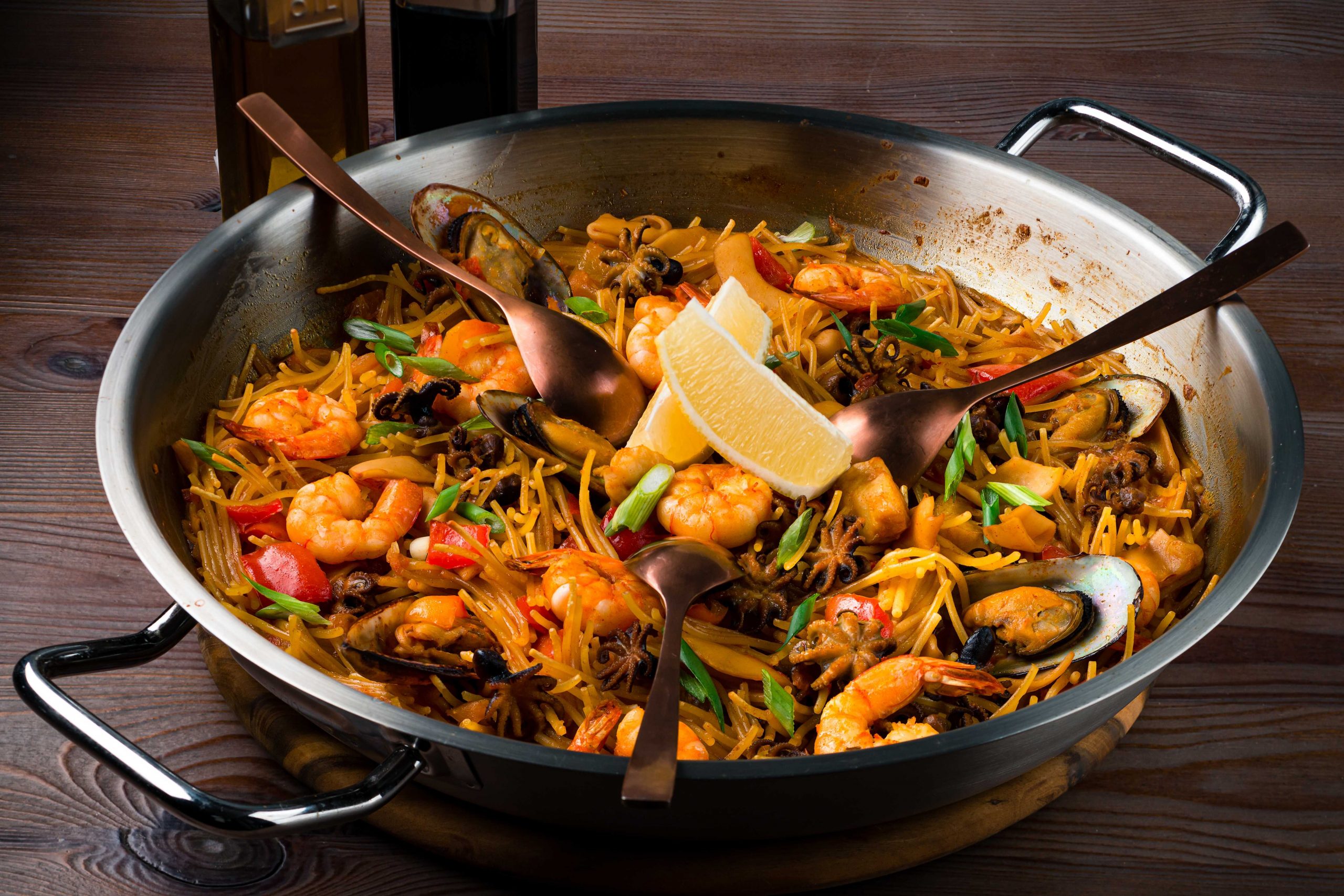
-
Fideuà
Everyone has heard of Paella, what about Fideuà, a very similar dish made with tiny pieces of pasta? Similar to paella, this one-pot dish is made with garlic, tomato, bell peppers, saffron, fish stock, smoked paprika, and a marvelous selection of seafood like squid, clams, mussels and shrimp. Like with Paella, you should head for the seashore. Can Ramonet is the place for this favourite, traditional paella or seafood.
-
Crema Catalana
If you like the French crème brûlée, then you will love the Catalan version. Crema Catalana is an egg and milk-based custard with a toasted sugar top. You have to punch through the crunchy caramelised lid, before tasting the exquisite creamy desert beneath. If you have a sweet-tooth, do not miss this satisfying dessert.

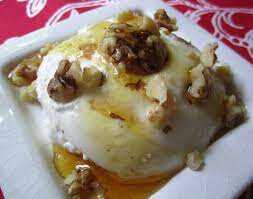
-
Mel i Mató
Another typical Catalan dessert is Mel i Mató, made with fresh cheese, honey and walnuts. Mató is a traditional fresh cheese made in the mountains from cow or goat's milk that is similar to ricotta. Although the desert may look rich, it is delicate and soft which makes for a fantastically light desert. The creamy soft fresh cheese goes perfectly when drizzled with honey or it may be accompanied with sweet quince, traditionally topped off with nuts, particularly walnuts.